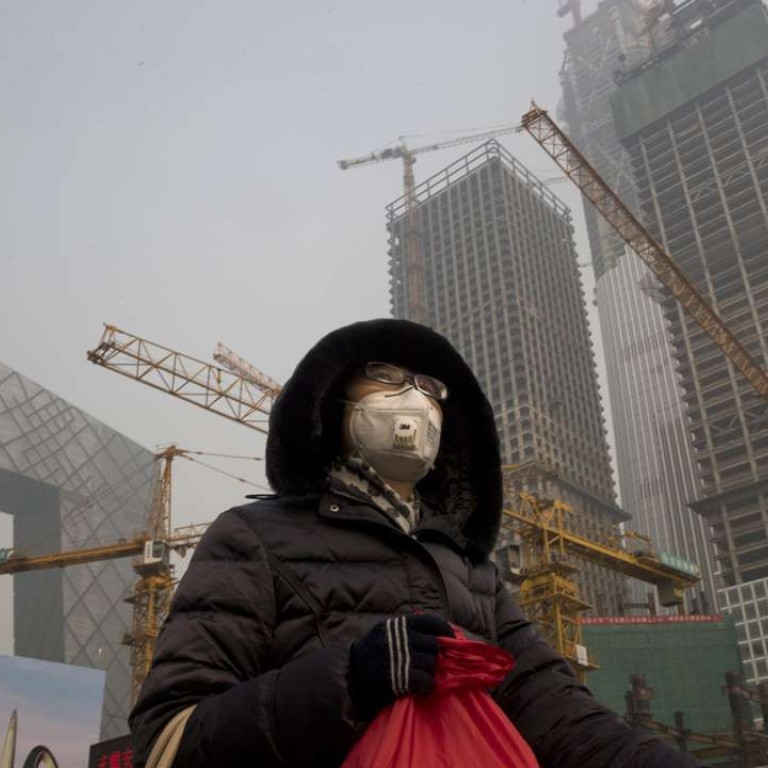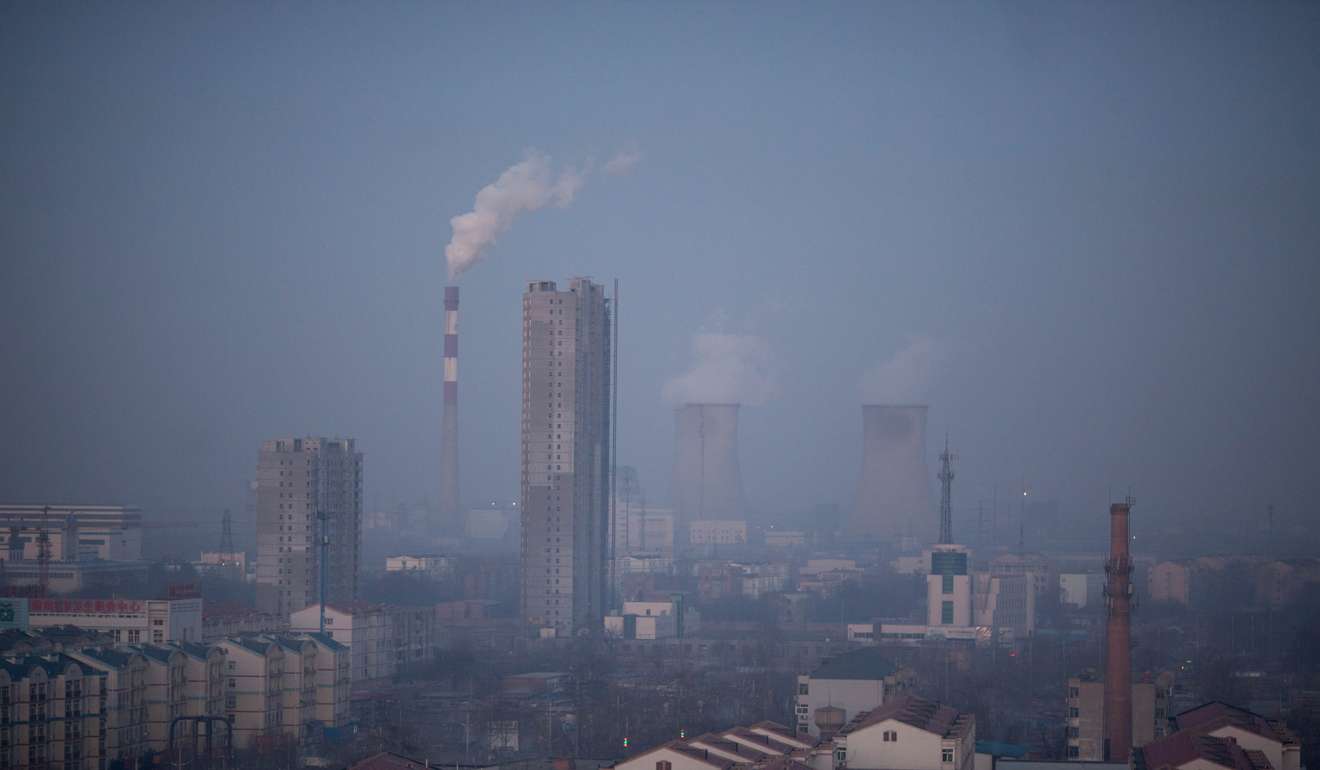
Beijing’s air quality ‘best’ among China’s northern cities despite frequent smog woes
Capital tops air quality rankings in 28 cities in northern China, according to environment ministry
Beijing’s air quality was the best among 28 cities in northern China over the first three months of this year, according to the nation’s environment ministry.
The capital often grabs headlines for its heavy smog, but its air quality index ranked top from January to March among 28 cities in the Beijing-Tianjin-Hebei region and the neighbouring provinces of Henan, Shandong and Shanxi .
Shijiazhuang, the capital city of Hebei province, ranked bottom.
Baoding, the city closest to the Xiongan New Area, a zone designated by President Xi Jinping to develop a new city, had the second worst air quality reading in the first quarter, only slightly better than Shijiazhuang.
The central government declared war on pollution in China four years ago, but progress has been limited.
The environment ministry said last week it found that thousands of polluters had faked emissions data or resisted checks made by inspectors from mid February to mid March.
Many local governments still “don’t act, or act blindly” to clean up air pollution, the Ministry of Environmental Protection added.
The three-month average reading in the 28 cities of PM 2.5, the small particles in smog deemed most harmful to health, was 103 micrograms per cubic metres, the ministry said. This was a rise of 12 per cent from a year earlier.

Levels of PM10, slightly larger particles of pollutants, averaged 160 micrograms per cubic metres in the cities from January to March, unchanged from the same period last year, the ministry said.
The ministry said in a separate notice published on Wednesday that it would send 5,600 inspectors on a year-long investigation into the sources of air pollution in major northern cities, the largest such campaign ever undertaken nationally.
Beijing’s Mayor Cai Qi introduced ten “iron fist” measures in January to try to control smog, including replacing coal with clean energy sources in rural suburbs and cutting emissions from the electronics industry. Hebei, with the among the worst air pollution in China, announced last week that it planned to shut down more coal-fired power plants.
The environment ministry has developed a “hot spot grid network” with satellite remote sensing technology to identify the regions with the highest concentration of PM 2.5.
Cities in northern China are likely to be hit by a further round of smog this week as many factories made idle during the winter to curb emissions resume production.
Additional reporting by Reuters

